by Michael D. Hull
A British battleship and an American cruiser converged secretly in a remote bay on the Newfoundland coast early in August 1941.
There, during a few days, one of the most momentous meetings of the 20th century would bring forth a historic resolution that would guide the Allies to victory in World War II and would seek to pave the way for eventual global unity.
On Saturday, August 2, President Franklin D. Roosevelt jauntily informed hovering reporters that he was going on a fishing trip. He boarded the presidential train at Union Station in Washington, D.C., and rode northward. The following day, at the Navy Submarine Base in New London, Conn., Roosevelt was lifted aboard the 165-foot presidential yacht, Potomac. His guests for the “fishing trip” included one of his most admired friends, the beautiful Princess Martha of Norway, and Prince Karl of Sweden, but no reporters.
The yacht sailed down the River Thames and into an Atlantic sunset. The president described his objective as “serious fishing.” The Potomac was later spotted cruising off Martha’s Vineyard, and then FDR’s visitors were put ashore. The yacht then headed out for the open sea and disappeared from sight.
In Washington, veteran reporters suspected that something unusual was afoot because Undersecretary of State Sumner Welles; General George C. Marshall, Army chief of staff; and Admiral Harold R. “Betty” Stark, chief of naval operations, had all abruptly disappeared on vacations or undisclosed official business. No one in the capital outside the highest levels of the administration knew where the president was or what he was up to. “Franklin loved little mysteries of this kind,” his wife, Eleanor, said later.
At first light on Tuesday, August 5, 1941, the Potomac eased close to the heavy cruiser USS Augusta off Martha’s Vineyard, and Roosevelt was hoisted aboard. He joined Welles, Marshall, Stark, and other leading advisers for a top secret mission. The Augusta was the flagship of crusty Admiral Ernest J. King, commander of the U.S. Atlantic Fleet.
The cruiser and four escorting destroyers steamed northeastward, speeding recklessly through fog-shrouded fishing banks. The flotilla dropped anchor on Thursday, August 7, in Placentia Bay, a desolate cove on Newfoundland’s southeastern coast, near the fishing village of Argentia. Sleet began to fall, and two days of miserable weather followed.
Meanwhile, HMSPrince of Wales, the Royal Navy’s newest battleship, was churning westward through the heaving waters of the North Atlantic. The battleship, which had recently been refitted after her dramatic role in the pursuit of the German Navy’s dreaded battleship Bismarck, was carrying an important passenger—a chubby, pink, baby-faced man wearing a blue Royal Navy uniform and a peaked cap. British Prime Minister Winston Spencer Churchill was looking forward to his first meeting with the American president, an encounter they had postponed from the spring partly because of FDR’s legislative burdens and partly as a result of Churchill’s preoccupation with ill-fated military campaigns in Dakar, Greece, and Crete.
This would be the two leaders’ first face-to-face meeting, although they had corresponded congenially for two years. Both men believed that the disturbing chain of events in Europe and the Far East demanded personal discussions. The doughty prime minister was “as excited as a schoolboy on the last day of the term,” according to his private secretary.
The British battlewagon maintained absolute radio silence during the trip across the Atlantic Ocean to avoid alerting German U-boats, and this gave Churchill a rare chance to relax. For 14 months since taking office, he had been burdened with problems: Dunkirk, the Battle of Britain, the bombing of cities and industrial centers, military setbacks in North Africa and the Mediterranean, and the hardships borne by his people.
Churchill reported later that during the voyage he experienced “a strange sense of leisure which I had not known since the war began.” He was able to read a copy of C.S. Forester’s novel, Captain Hornblower R.N., which Oliver Lyttelton, minister of state in Cairo, had given him. The former First Lord of the Admiralty found the book “vastly entertaining.”
Churchill also played backgammon with Harry Hopkins, FDR’s frail special envoy, who was returning home after conferring with Soviet Marshal Josef Stalin. Hopkins won $32 from the prime minister. And Churchill watched films in the evenings. On the last night out, he saw Alexander Korda’s Lady Hamilton, starring Laurence Olivier as Lord Horatio Nelson, victor of Trafalgar, and Vivien Leigh as his mistress. It was Churchill’s favorite film, and it moved him to tears although he had already seen it four times.
FDR had Harbored a Some Envy for Churchill’s Reputation and Eloquence
Also aboard thePrince of Wales were Admiral of the Fleet Sir Dudley Pound; General Sir John Dill, chief of the Imperial General Staff; Sir Alexander Cadogan, permanent undersecretary at the Foreign Office; Lord Cherwell, the prime minister’s scientific adviser; and other staff members.
On the morning of Saturday, August 9, 1941, thick mist rose off the water and the sun broke through. HMSPrince of Wales slid majestically into Placentia Bay with her band playing and a Royal Marine detachment presenting arms. On the anchored American ships, seamen waved their caps and cheered. A whaleboat sped from the USS Augusta to the British battleship and returned with Hopkins. Shortly afterward, Churchill and his entourage set off in the admiral’s barge for the American cruiser. They climbed aboard.
The ship’s band struck up “God Save the King,” and the U.S. Marine detachment presented arms as Churchill walked across the main deck toward the waiting Roosevelt. Standing beneath an awning and leaning on the arm of his son, Elliott, the president extended his hand and said with a smile, “At last we’ve gotten together.”
The two leaders had approached their first encounter with mixed feelings. Both had looked forward to it, but were understandably nervous. Churchill had asked, “I wonder if he will like me,” and FDR had harbored a little envy for the prime minister’s reputation and eloquence. But, during their four days in Placentia Bay, the two men sealed a friendship and frank working relationship that opened a new phase in the historic Anglo-American alliance. There were divisions between them. Churchill was eight years older than Roosevelt and had more experience in war and world affairs. On the other hand, FDR was a head of state while Churchill was a minister.
Roosevelt was a bit peeved when he found that Churchill did not remember meeting him during World War I, when the American was assistant secretary of the Navy and the Briton was Prime Minister Lloyd George’s munitions minister. Nevertheless, FDR would tell members of his cabinet how much he liked the British leader, while Churchill formed a strong affection for “this formidable politician who had imposed his will for nearly 10 years upon the American scene, and whose heart seemed to respond to many of the impulses that stirred my own.” Eventually, as Cadogan observed, “the cigarette-in-holder and the long cigar were at last being lit from the same match.”
During their Argentia conference, the two leaders and their advisers met and talked continuously—in the mornings, afternoons, evenings, and over meals. Dill talked with Marshall, Pound with Stark, and Cadogan with Welles.
The most dramatic event of the talks came on the second day when a Sunday morning church parade service was conducted on the quarterdeck of HMSPrince of Wales. Flanked by their advisers and British and American sailors, Churchill and Roosevelt said prayers and sang familiar Anglican hymns. It was a stirring moment that affected all who were there.
The prime minister reported that no one who attended would forget “that sunlit morning on the crowded quarterdeck—the symbol of the Union Jack and the Stars and Stripes draped side by side on the pulpit,” and “the close-packed ranks of British and American sailors, completely intermingled, sharing the same books and joining fervently in the prayers and hymns familiar to both.” Churchill had chosen the hymns—“For Those In Peril On the Sea;” “Onward, Christian Soldiers,” and “O God, Our Help in Ages Past.” He said later, “Every word seemed to stir the heart. It was a great hour to live. Nearly half of those who sang were soon to die.” HMSPrince of Wales was sunk by Japanese aircraft off Malaya on December 10, 1941.

The conference would prove to be chiefly symbolic. Churchill and Roosevelt began to understand each other, and the chiefs of staff got to know each other. While the two leaders discussed their possible reactions to a feared German invasion of Spain and Portugal and to the threat of Japanese expansion in the Far East, the military leaders wrestled with other strategic concerns. They reached general agreement on the allocation of American defense production, agreed to send strong warnings to Tokyo against attacking British or Dutch possessions in the East Indies and Malaya, proposed a meeting in Moscow to arrange for the funneling of supplies to Russia, and accepted the proposition that the Atlantic theater was more critical to Allied security interests than the Pacific.
There were many differences of opinion, with the U.S. military leaders looking askance at Britain’s desire to protect her empire’s vulnerable position in the Mediterranean and doubting a British belief that Germany could be defeated by air power, a few armored divisions, and partisans—and without a large-scale invasion, for which the resources were not available. Hopkins briefed Churchill and FDR on his meeting with Stalin and convinced them that the Russians would hold out against the Nazi invaders. The two leaders agreed to send immediate aid to Russia “on a gigantic scale.”
Churchill was Aghast at FRD’s’Weak-Kneed Stance’ on America’s Public Disclosure of Their Presence in the War
Churchill tried to persuade FDR to take a strong stand against Japan, which had recently seized the southern rump of Indochina, and to agree to go to war in the Pacific if Britain were attacked there. The prime minister was anxious to obtain more Lend-Lease help, and he wanted the U.S. Navy to help escort the Atlantic convoys carrying vital war supplies to Britain.
Churchill also wanted to conclude the Argentia talks with a resounding public declaration of Anglo-American unity that would hearten his hard-pressed people, but Roosevelt was in a difficult position. He had long been aware of the aggressive postures of Germany and Japan, and he believed that helping Britain in its solitary struggle was the right and only course for neutral America. But he was plagued at home by shrill isolationist factions fearful of the country being dragged unprepared into the war, and he felt that he must avoid specific public commitments.
FDR told Churchill that he wanted to issue a statement denying that he or any of his military leaders had entered into any binding agreement with the British government that had not already been authorized by Congress. Churchill was aghast, saying that such a weak-kneed stance would only encourage the Axis powers and would dishearten neutral countries that wanted to see some sign of America’s opposition to fascism. “We also would not like it,” the prime minister growled. Nevertheless, Roosevelt assured the British leader that his country would play as large a role as possible in the war against Germany.
During the conference, Churchill snatched some time to relax in congenial surroundings. At Placentia Bay, he took exercise by going ashore in his trademark siren suit, clambering over the rocks, and playfully rolling boulders down a cliff.
Eventually, the two leaders and their advisers drew up a joint, eight-point declaration that would soon become known as the Atlantic Charter. The eight points were: Britain and America would seek no new territories; no territorial changes without the consent of the people involved; the right of self-determination; free trade; joint economic development; freedom from fear and want; freedom of the seas; and abandonment of the use of force.
The charter embodied noble sentiments but would have little specific influence on the course of World War II. However, it was significant because it outlined the aims of the free peoples in the conflict and set out the reasons why the United States might go to war. Also, it had given the British and American high-level staffs an opportunity to get to know each other and to work together.
The declaration announced on August 12, 1941, the last day of the Argentia conference, was not an official state document in the accepted sense of the term. It was actually little more than a press statement issued jointly by the British and Americans and handed to the radio operators aboard their ships for transmission to shore. But Undersecretary Welles said that it was as valid in its binding effect as if it had been officially signed and sealed. It was “notice to the world by the president of the United States and the prime minister of the United Kingdom that … the two nations which they represented would adhere to the great principles set forth in the declaration.”
The participants did not know it at the time, but their conference was the precursor of subsequent high-level meetings during the war, while their joint statement would ultimately serve as the cornerstone for what would become the United Nations.
“This is the End of Isolationism. It is the Beginning of a New Era in Which the United States Assumes the Responsibilities Which Fall Naturally to a Great Power.”
There were mixed reactions to the Atlantic Charter. Many Britons, hoping for a clear-cut American commitment to enter the war, were disappointed. Future Secretary of State John Foster Dulles agreed: “Unless we propose concrete measures, statements of good intentions will be looked upon with grave and warranted skepticism.” The charter was dismissed in Berlin as “insipid chitchat,” while a semi-official news agency in Tokyo accused Britain and America of a “tricky plot” to dominate the world. The isolationist Chicago Tribune criticized “the pretentious and meaningless eight points,” but The New York Times declared perceptively, “This is the end of isolationism. It is the beginning of a new era in which the United States assumes the responsibilities which fall naturally to a great power.”
After the conference, President Roosevelt sailed back to Maine on the USS Augusta and then took a train to Washington. When waiting reporters asked him if he thought America was now any closer to war, FDR replied that he did not think so.
Impressed with the ebullient Churchill and encouraged by the harmony and spirit of the conference, Roosevelt tried to cast the charter in a favorable light before his citizens. At a news conference, he quoted a letter from Justice Felix Frankfurter: “We live by symbols, and you two in that ocean … in the setting of that Sunday service, gave meaning to the conflict between civilization and arrogant, brute challenge; and gave promise more powerful and binding than any formal treaty could, that civilization has brains and resources that tyranny will not be able to overcome.”
FDR returned to Washington determined to stoke up the nation’s defense program. He dispatched the capable, diplomatic Averell Harriman to Moscow to join Lord Beaverbrook, the British production minister, in coordinating aid to Russia; expanded the U.S. military mission to China; and ordered a sweeping reorganization of the American preparedness program. The president stated, “I give solemn warning to those who think that Hitler has been blocked and halted that they are making a very dangerous assumption.”
An opinion poll taken immediately after the Argentia conference showed that 74 percent of Americans opposed direct involvement in the war. Whether they liked it or not, the direction of U.S. policy had been set. The chief executive knew that his country would not survive long in a world dominated by the Axis powers and had determined that it should join hands with the British Empire and ultimately defeat Nazi Germany. Many Americans voiced the uneasy feeling that time was running out for them.
Churchill left Placentia Bay with the clear impression that Roosevelt would bring his country into the war. FDR had committed the Navy to taking over the America-to-Iceland leg of all convoy runs, and the prime minister believed that the president “would wage war but not declare it.” Nevertheless, Churchill could not help feeling apprehensive about the future. As he would cable presidential envoy Hopkins later that month, “I don’t know what will happen if England is fighting alone when 1942 comes.”
Meanwhile, the prime minister returned home aboard thePrince of Wales. The battleship encountered a convoy of 72 ships in several columns, steaming at about seven knots. According to Cadogan, it was “a beautiful and inspiring sight … the forest of funnels looked almost like a town.” Churchill stopped off in Iceland to review British troops and the U.S. Marine garrison, and the playing of the rousing Marine Hymn moved him to tears. He received a warm welcome from the people of Reykjavik, whose hot springs Churchill—who loved to take baths—greatly admired.
The Atlantic Charter was signed at ceremonies in London and Washington on September 24, 1941. The 15 signatory governments included Britain, the United States, the Soviet Union, the nations of the British Empire, and many exiled European governments. On January 1, 1942, the first step was taken toward the establishment of the United Nations when delegates from 26 countries gathered in the American capital to endorse the principles of the Atlantic Charter. They agreed to mobilize all their resources against the Axis powers and to make no separate peace.
Michael D. Hull is a frequent contributor to WWII History. He has written extensively on the political aspects of the war and resides in Enfield, Connecticut.
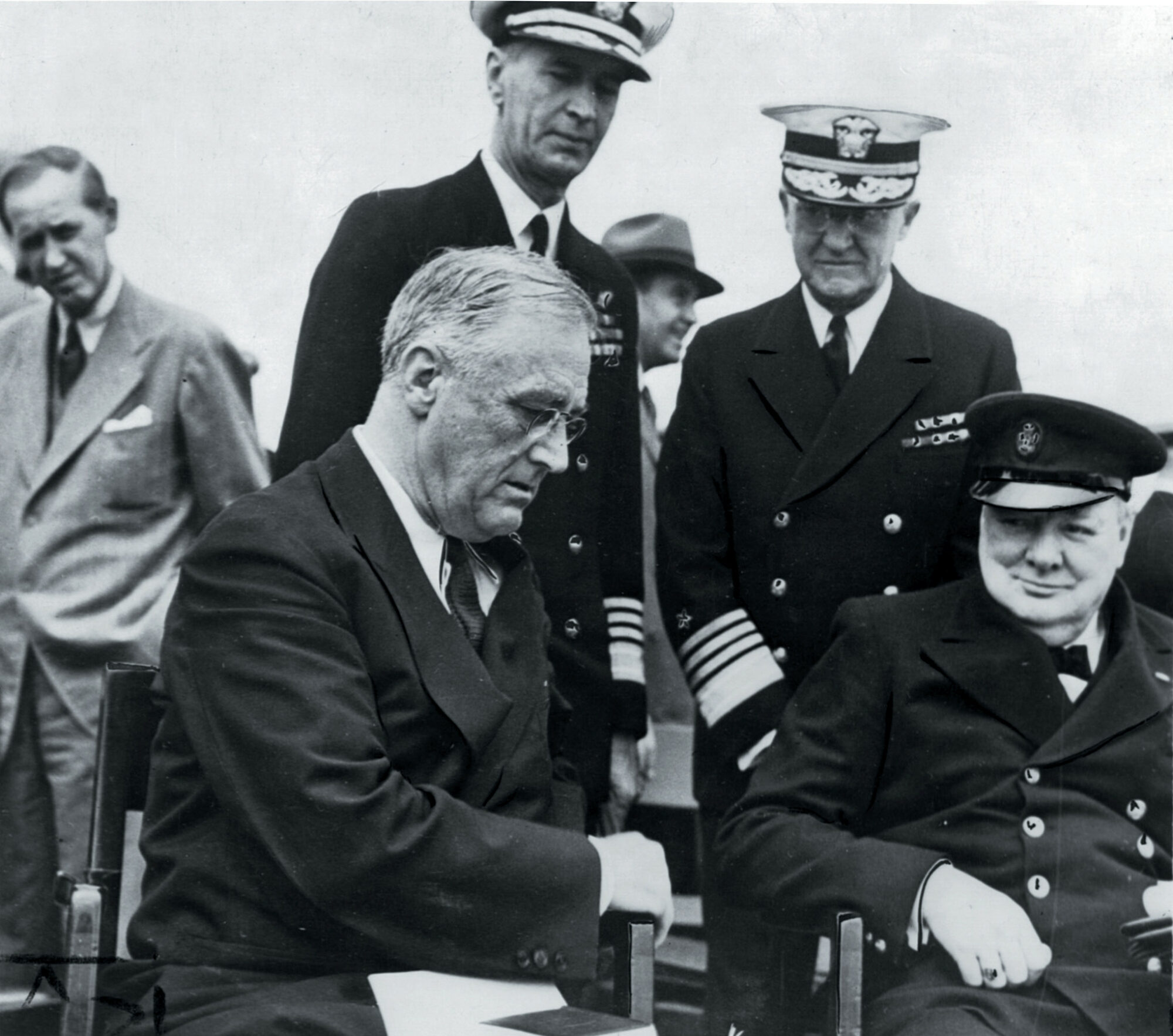
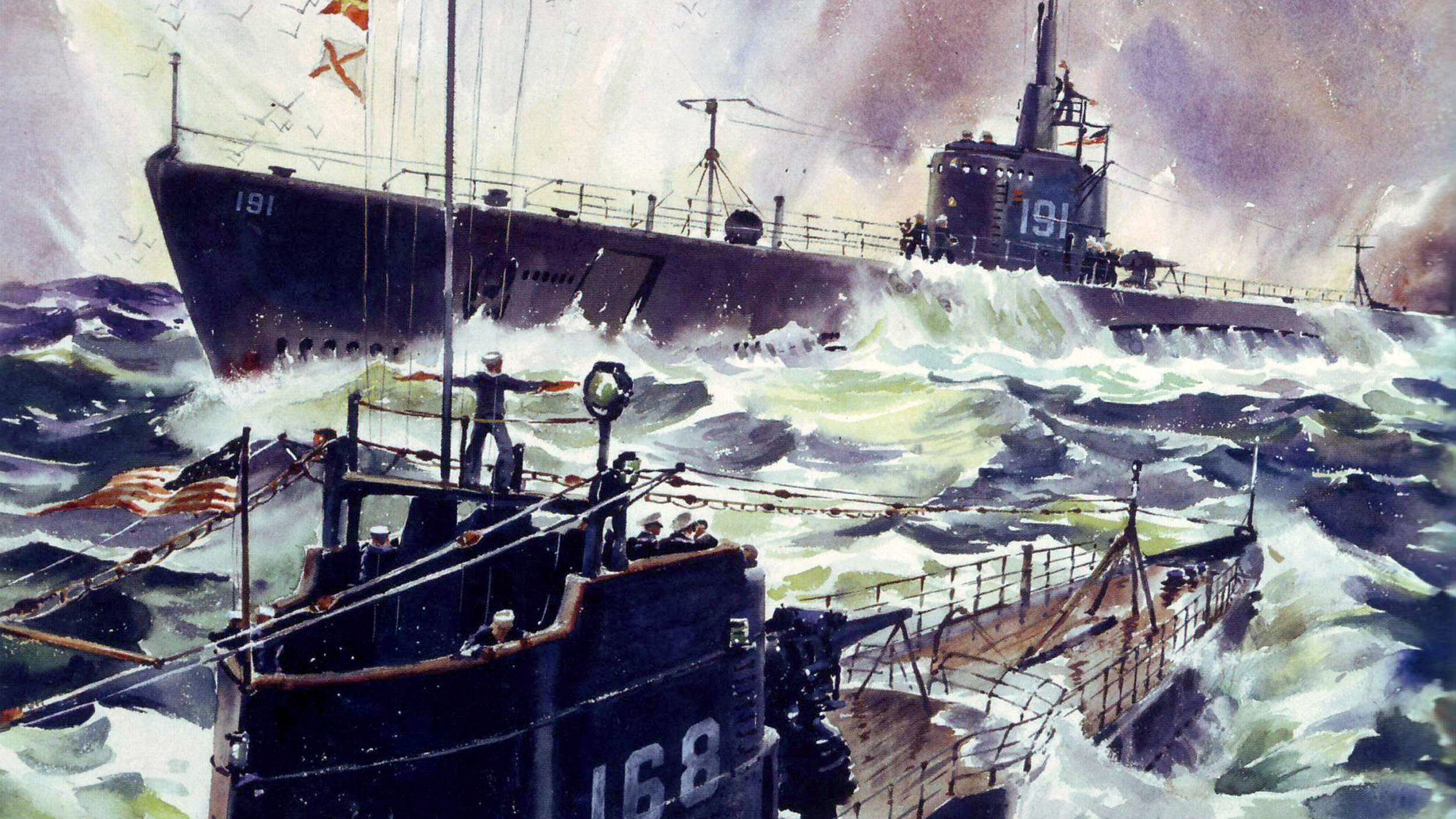
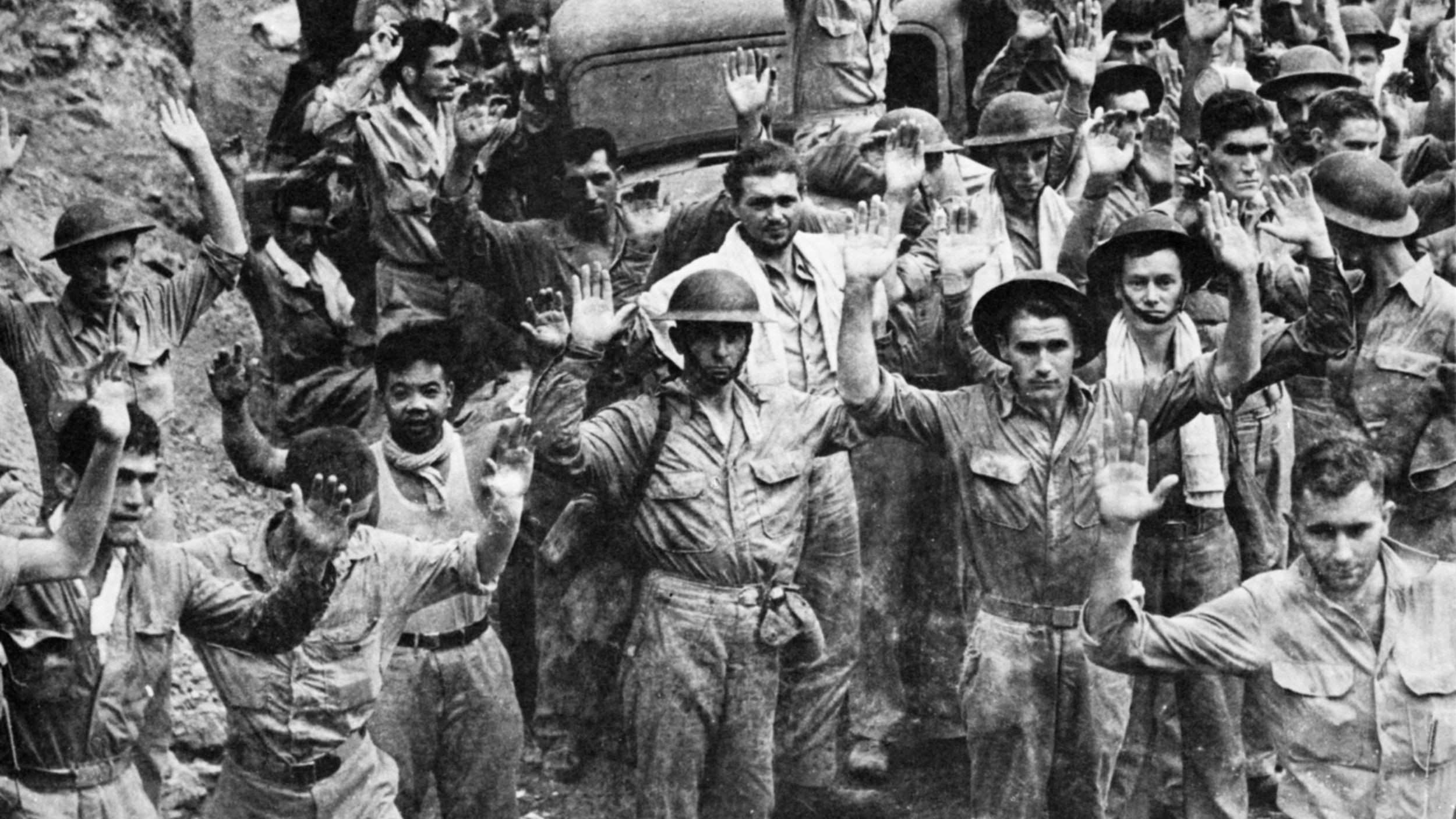
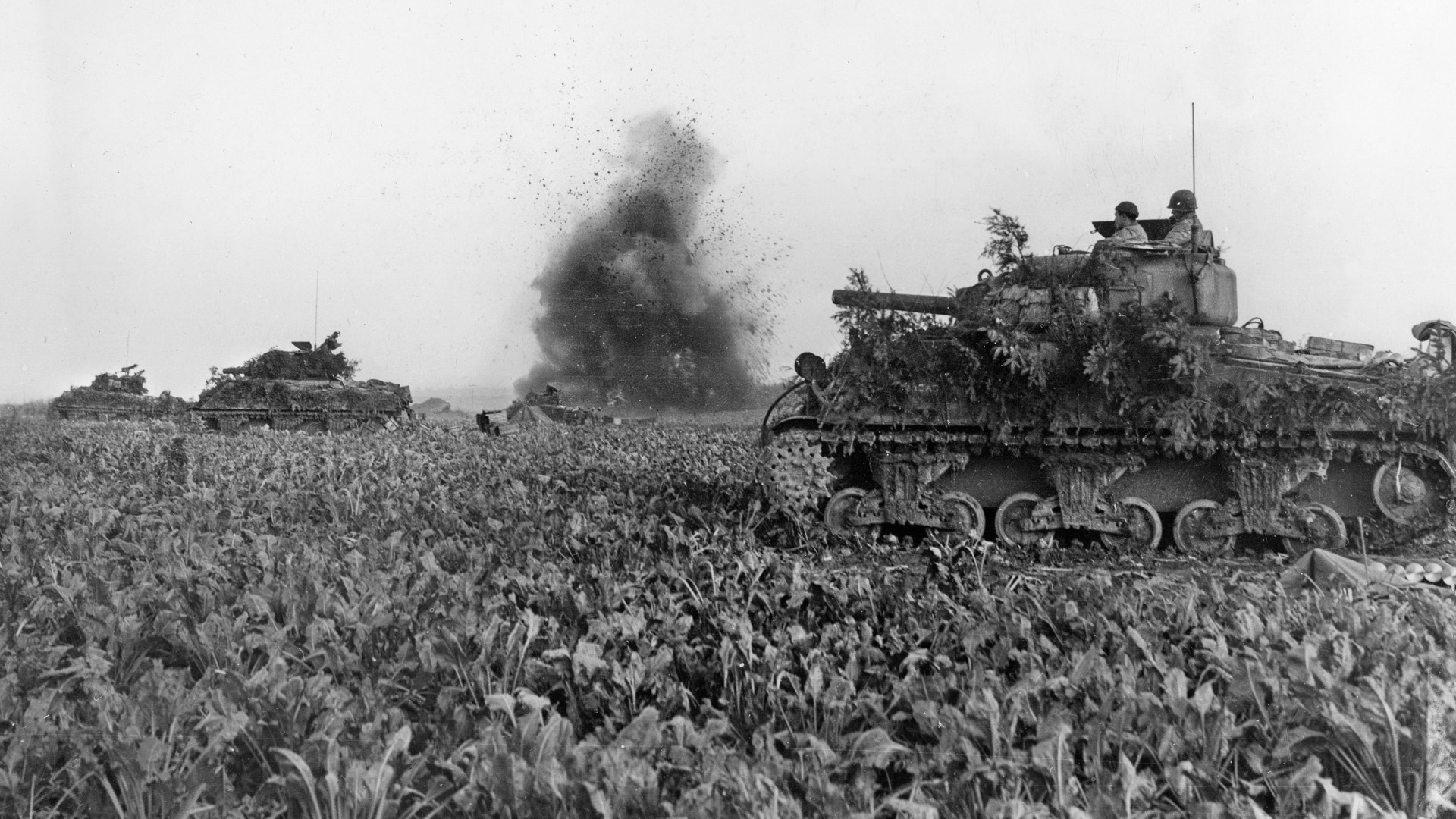
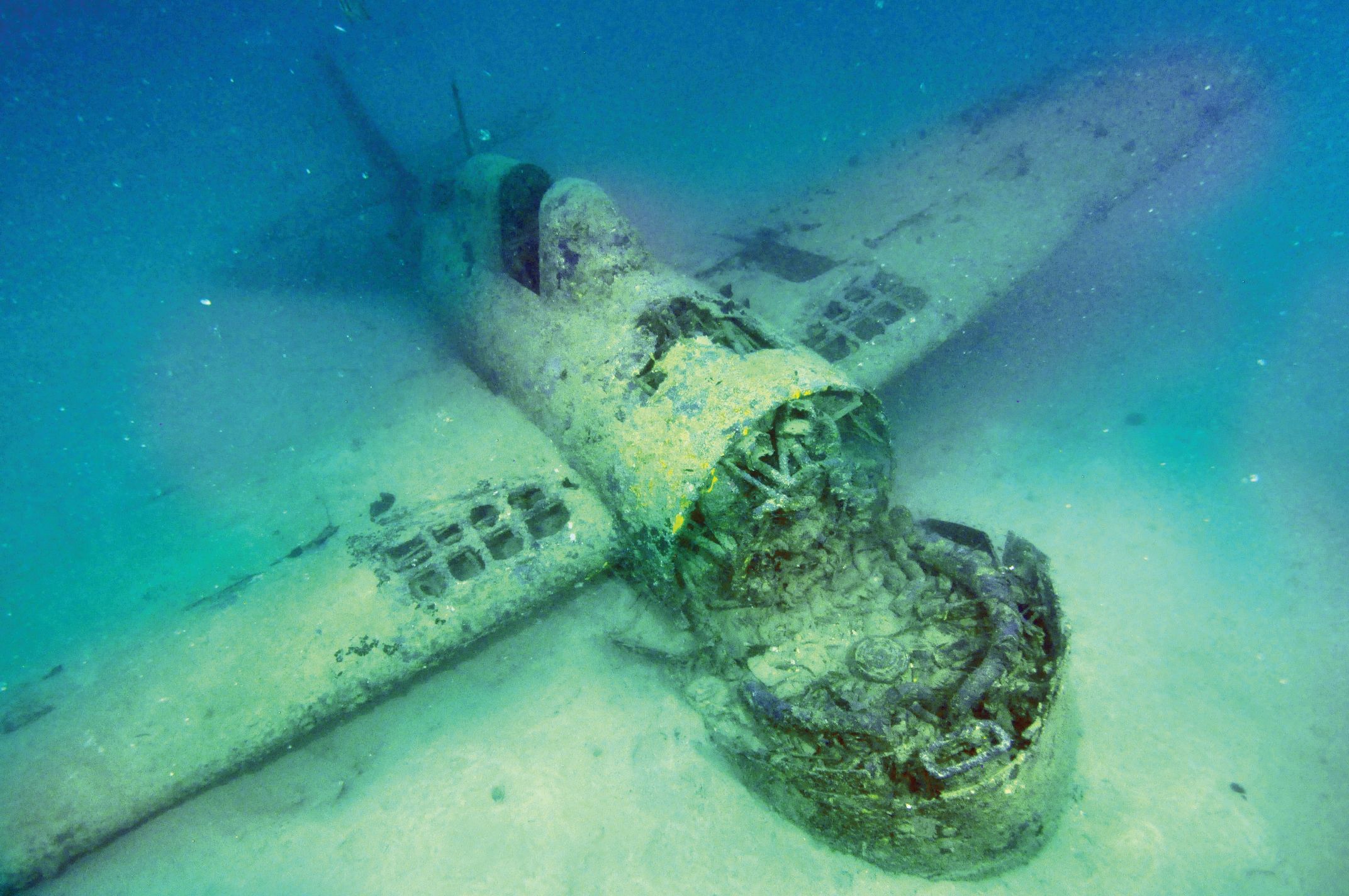
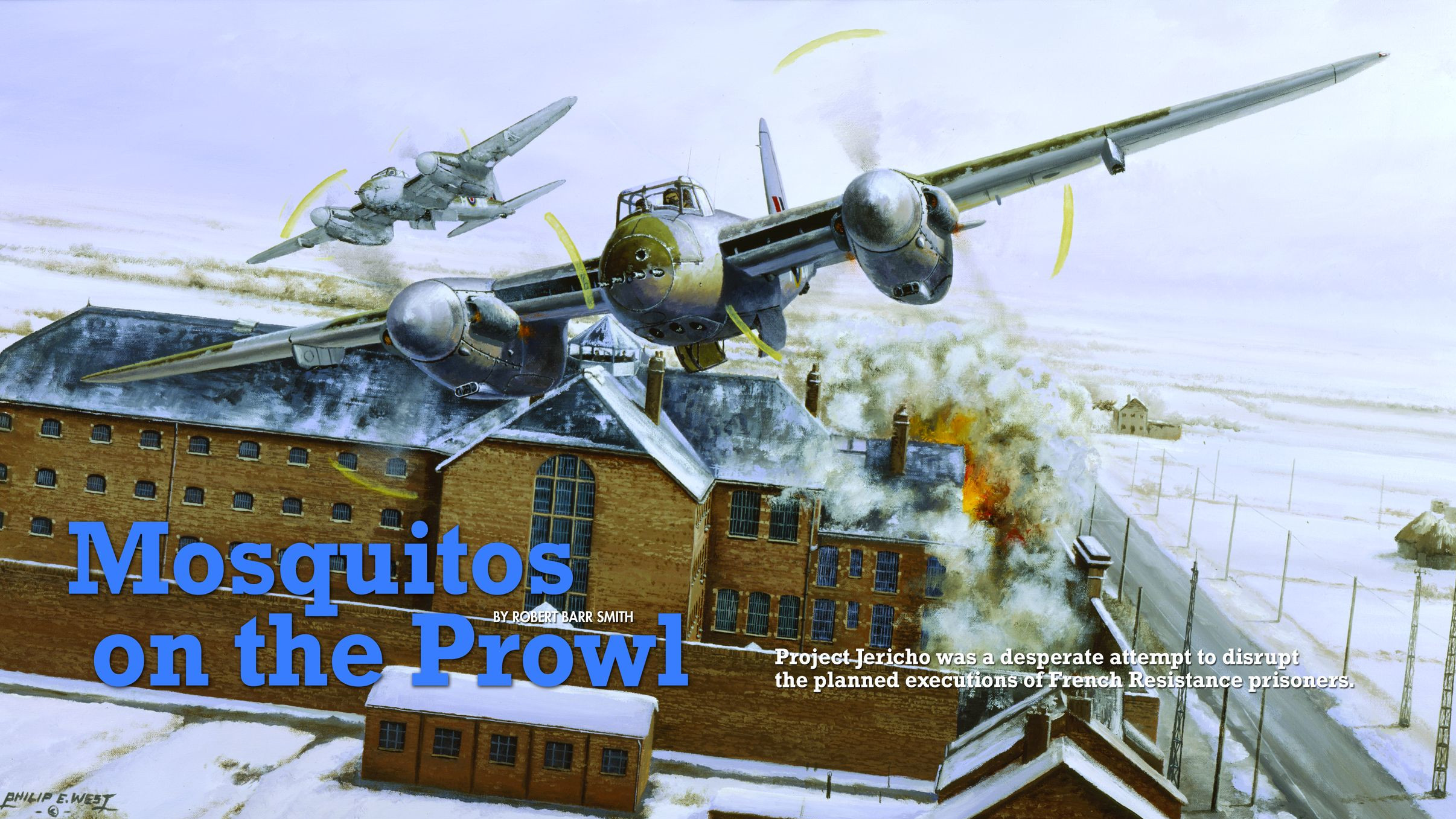
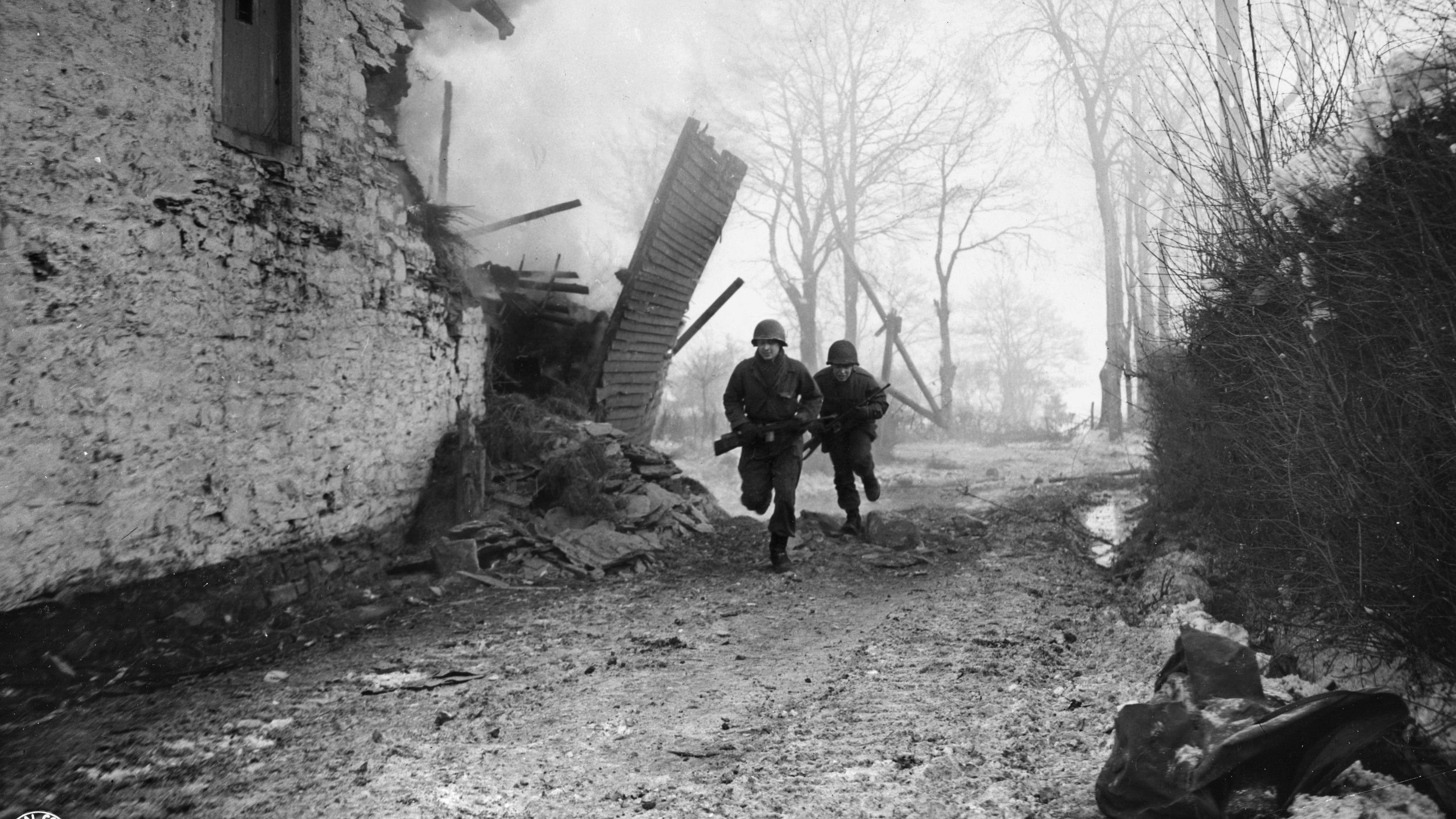
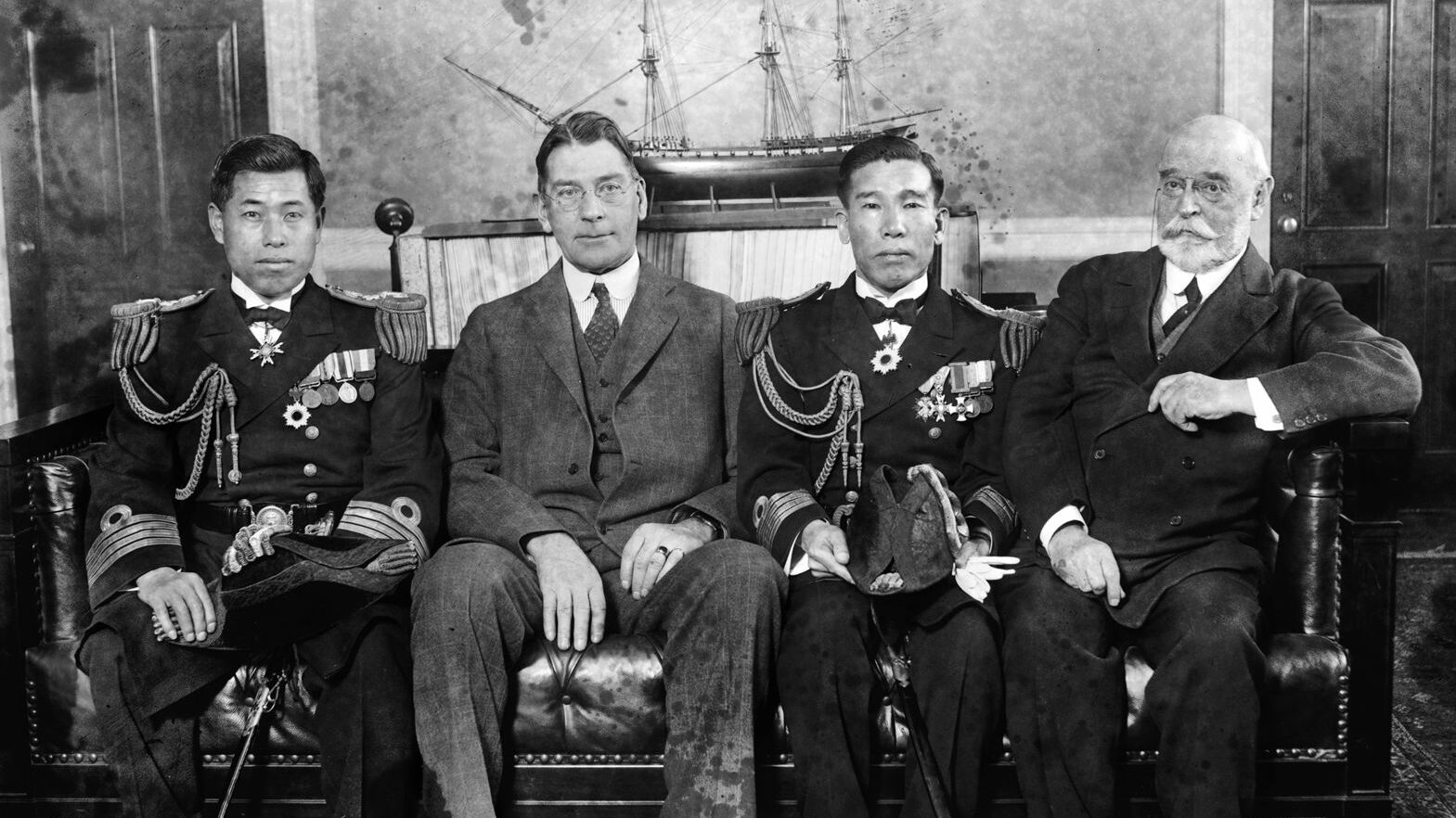
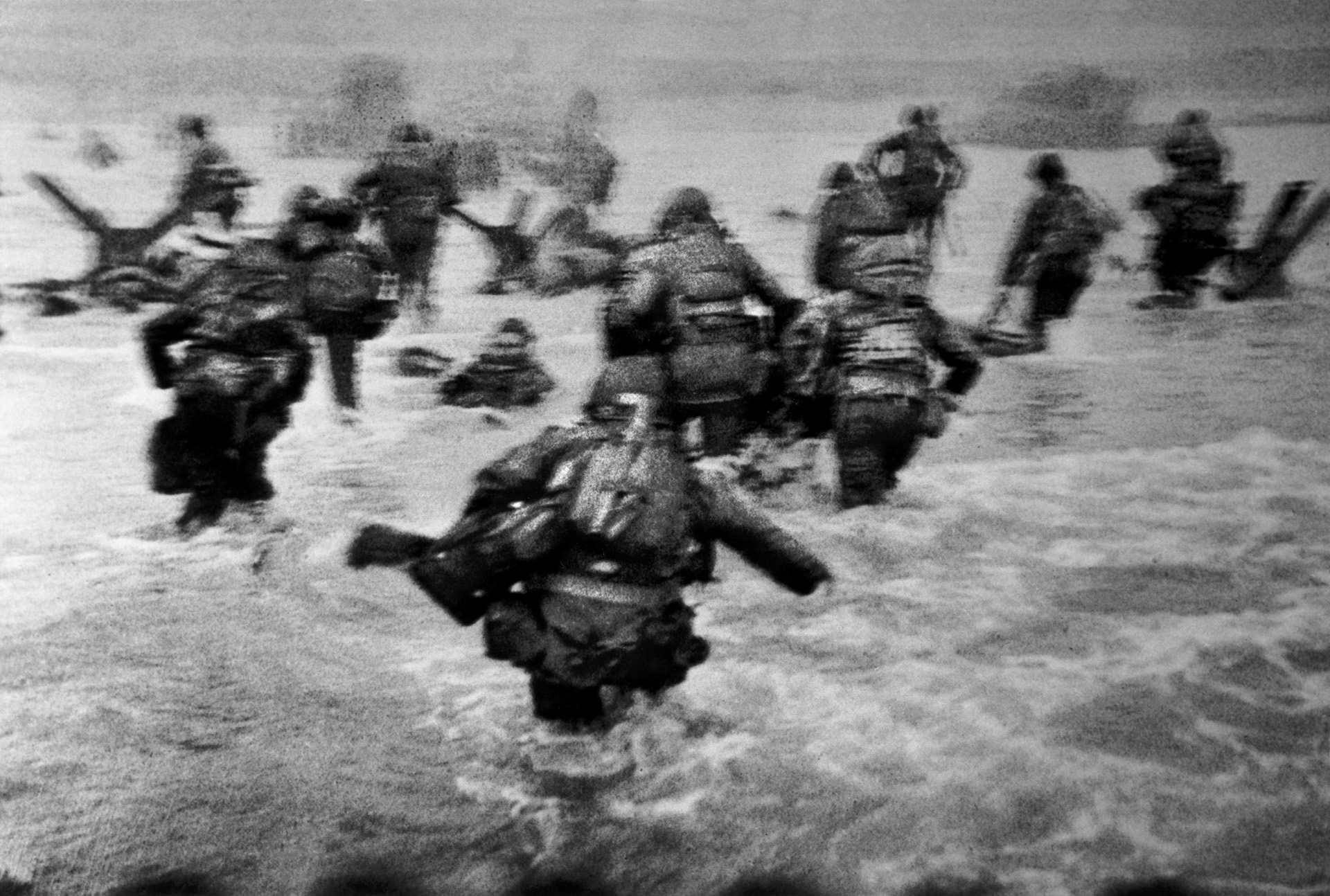
This article states that the ‘meeting in Placentia Bay opened a new phase in Anglo American relations’. With the wisdom of hindsight that is probably quite an understatement. This meeting highlighted that the British Empire never really died, rather, over time it had morphed into something better, with the gravity merely shifting westward. Today the old empire still lives in the English speaking countries of the world who share common cultural values. They walk a common path not because a king tells them to but because they want to. This rediscovery of shared roots was certainly accelerated by Placentia Bay.